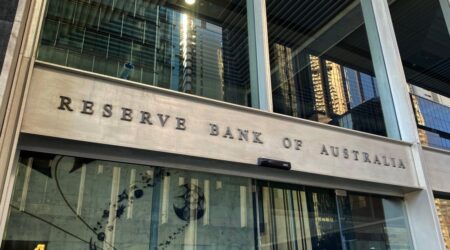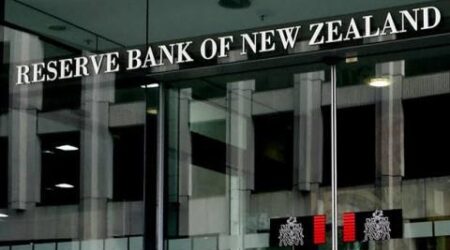Australia’s Economic Conditions Show Signs of Deterioration in May
In a recent survey conducted by the National Australia Bank (NAB), it has been revealed that Australia’s economic conditions faced a significant setback in May. Slower advances in sales and employment were cited as the primary reasons for the decline, raising concerns among experts and policymakers alike. The survey, which provides valuable insights into the country’s economic health, showed a notable decrease in the index of business conditions, albeit remaining above the long-term average.
According to the NAB survey, the index of business conditions dropped by 7 points to +8 in May. While the figure still sits above the long-term average, the decline is indicative of the growing challenges faced by businesses across various sectors. Furthermore, the survey also highlighted a decline in the confidence index, which slipped into negative territory. This shift implies that more firms are currently pessimistic rather than optimistic about the future of the Australian economy.
Several key indicators pointed to the downward trajectory of Australia’s economic performance in May. The sales index, for instance, experienced an 8-point drop to +14, suggesting a deceleration in sales growth. Similarly, the employment index fell 7 points to +4, reflecting a slowdown in job creation. Perhaps most concerning was the decline in forward orders, which reached -5, indicating a decline in future business prospects.
Alan Oster, the chief economist at NAB, expressed his concerns regarding the Reserve Bank of Australia’s (RBA) efforts to maintain stability in the face of these challenges. Oster’s apprehension is not unwarranted, as the survey also revealed persistent price pressures, with both labor and acquisition costs on the rise. The RBA recently implemented a quarter-point increase in the cash rate and hinted at the possibility of further rate hikes to combat inflationary pressures.
As a result, markets have begun pricing in the likelihood of two additional rate increases, which would bring the rate to 4.6%. The expectation is that this elevated rate would be maintained throughout the remainder of the year. These forecasts reflect the market’s anticipation of the RBA taking proactive measures to rein in inflation and stabilize the economy.
The deteriorating economic conditions in May, as indicated by the NAB survey, pose significant challenges for Australia’s economic recovery. The slowdown in sales, employment, and forward orders, coupled with rising price pressures, signals a need for careful monitoring and decisive action. With the RBA hinting at further rate increases, the central bank’s role in steering the economy back on track will undoubtedly be closely scrutinized in the coming months.












